16 UMMA Objects
16 UMMA Objects
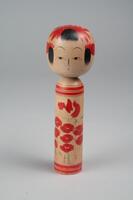
Japanese (Japanese (culture or style))
Kokeshi Doll
1925 – 1975
Gift of Harold W. Stevenson, University of Michigan Professor Emeritus in Psychology
2021/1.132
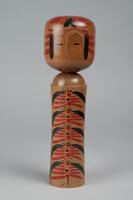
Japanese (Japanese (culture or style))
Kokeshi Doll
1925 – 1975
Gift of Harold W. Stevenson, University of Michigan Professor Emeritus in Psychology
2021/1.136
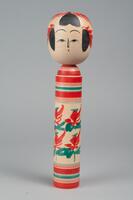
Japanese (Japanese (culture or style))
Kokeshi Doll
1925 – 1975
Gift of Harold W. Stevenson, University of Michigan Professor Emeritus in Psychology
2021/1.137
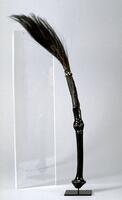
Kuba (Kuba (Democratic Republic of Congo style))
Flywhisk
1915 – 1925
Museum purchase made possible by the Betty J. Lockett Memorial Fund
1986/2.93
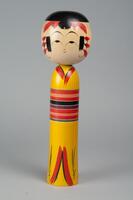
Japanese (Japanese (culture or style))
Kokeshi Doll
1925 – 1975
Gift of Harold W. Stevenson, University of Michigan Professor Emeritus in Psychology
2021/1.135
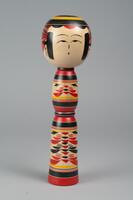
Japanese (Japanese (culture or style))
Kokeshi Doll
1925 – 1975
Gift of Harold W. Stevenson, University of Michigan Professor Emeritus in Psychology
2021/1.129

Japanese (Japanese (culture or style))
Kokeshi Doll
1925 – 1975
Gift of Harold W. Stevenson, University of Michigan Professor Emeritus in Psychology
2021/1.130
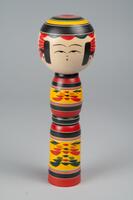
Japanese (Japanese (culture or style))
Kokeshi Doll
1925 – 1975
Gift of Harold W. Stevenson, University of Michigan Professor Emeritus in Psychology
2021/1.138
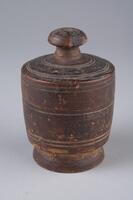
Korean (Korean (culture or style))
Incense container
19th century
Gift and partial purchase from Bruce and Inta Hasenkamp, purchase with funds from Elder and Mrs Sang-Yong Nam
2021/1.160
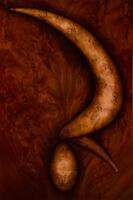
Mark H. Campbell
The Judgement of Paris # 2 of 3
2008
Gift of Robert and Lillian Montalto Bohlen
2008/1.169
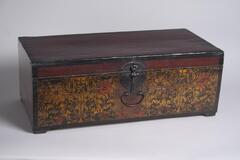
Korean (Korean (culture or style))
Wedding Chest with Papered Front
1900 – 1950
Gift of Bruce and Inta Hasenkamp and Museum purchase made possible by Elder and Mrs. Sang-Yong Nam
2004/1.313
Loading…

